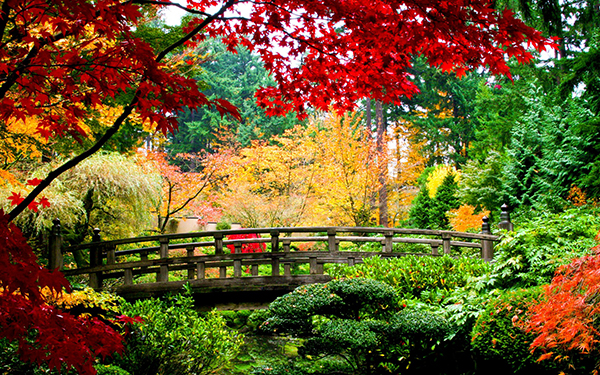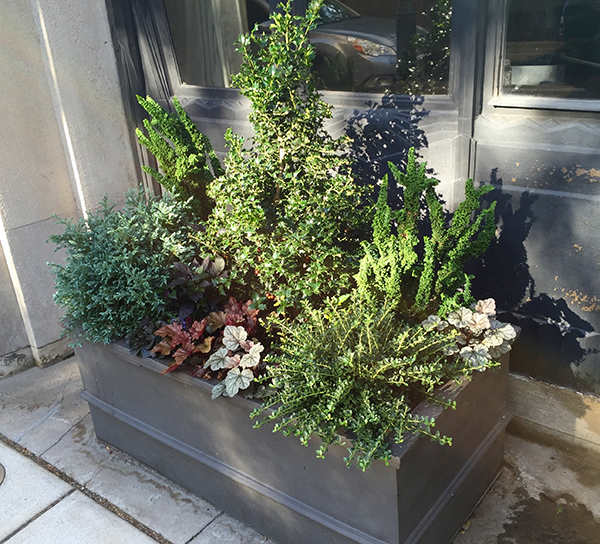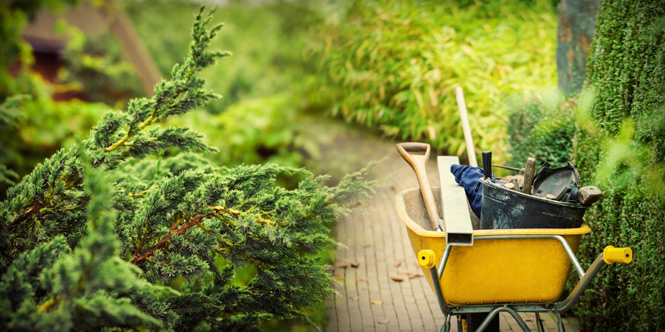Fall is often the very best time to plant your garden. Why?
- Weather is cooler, reducing stress on the plants AND on the gardener.
- Cooler weather results in fewer heat-related transplanting problems.
- The soil is still warm which allows the plant to establish a healthy root structure before the ground freezes.
- Allowing your plants to overwinter produces a stronger plant in the Spring when it comes out of dormancy. These plants have already established a mature root structure, so they can put their whole strength into blooming and delivering the needed water and nutrients to the plant.
- Local nurseries often offer deep discounts on the perennials you want in your garden.
Rules for successful Fall planting.
Root bound plant roots
- Choose plants carefully. Inspect the plants at the nursery before you purchase to make sure they have no obvious diseases or insect infestation and are not root-bound.
- Ideally transplant when overcast and cool. A rainy day is even better.
- Dig the hole properly and big enough. Specifically, dig a planting hole two to three times wider than the container to provide loose soil into which emerging roots can expand horizontally, and only as deep as the distance from the top of the root-ball to the bottom of the container to ensure the crown is above grade.
- Check the depth of the hole as you dig so that the top of the root-ball sits just above the surrounding grade. Digging a hole that’s too deep will allow the root-ball to settle. When settling occurs, excess soil that accumulates around the plant creates an ideal location for disease to enter the plant.
- Water the hole before planting.
- Treat the roots correctly. Keep the root ball moist at all times. Try to get as much of the root ball as possible and tease (sometimes quite aggressively) the roots out with your fingers before planting to promote root expansion into the surrounding soils. This is essential for long-term survival.
- EXCEPT if you have a plant that is root bound. If the plant is root bound (a dense mat of roots encircling the outside of the root-ball), use a knife to slice the root-ball from the top to the bottom in three or four locations. To prevent future girdling roots, make the cut deep enough to sever any roots growing in a circular manner. Though this may seem drastic, it will not hurt a vigorous plant, and new roots will arise from these cuts.
- Set the plant in the hole, backfill halfway, and water it in to settle the soil. Finish backfilling, and use the excess soil to shape a bowl around the planting hole where water can collect and slowly seep in.
- Water again to settle the rest of the soil. Do not use your foot to firm the soil because it can compact it and slow root growth.
- Mulch with 2–4 inches of organic mulch (such as grass clippings, straw or salt march hay, compost and/or chopped leaves). Mulching preserves soil moisture and moderates soil temperature, keeping it within the range that roots prefer. Mulch also controls competing weeds. Mulch should cover the entire planting hole and soil berm. It should not touch the plant, however, because a continually moist environment around the trunk or crown will encourage harmful insects and disease.
- Watering enough is absolutely key to success. Established perennials typically need 1 inch of water per week. New transplants will need more–keep checking on them.
- Do not fertilize these plants until the Spring.
- And, water in winter if necessary. If you go through a drought without snow or have drying winds, supplemental watering may be necessary–particularly for new transplants.
And, now begin to dream about how beautiful your new garden will be in Spring–only a few months away!





